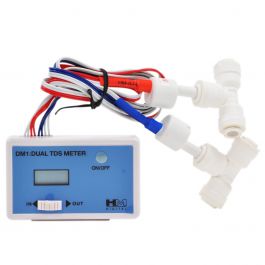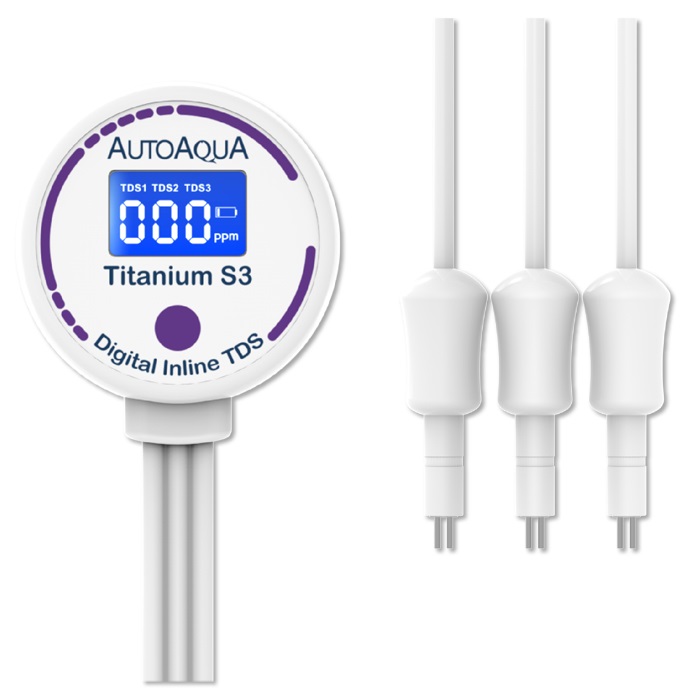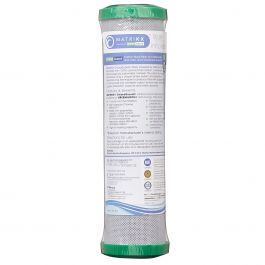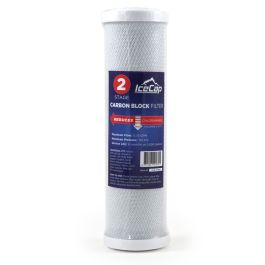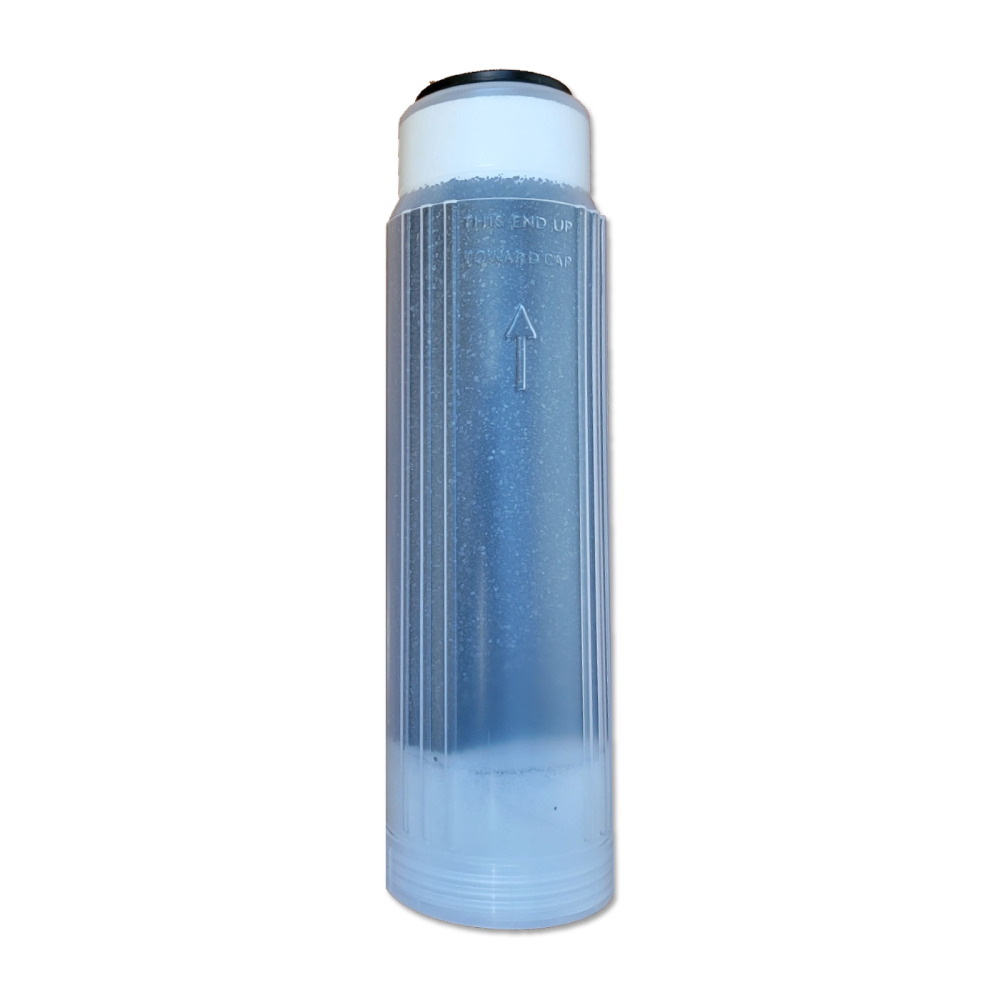I thought I knew what was happening here, but after some research, I am not so sure.
I purchased a BRS 5-stage RO/DI system. My tank isn't setup yet, but I decided to start making RO/DI water so that I have it ready when the tank gets here. However, after making about 50 gallons of water, the DI resin is looking pretty depleted. (Pic attached)
I assumed that this was because my municipality uses chloramines and the carbon filters that came with the BRS kit were just plain carbon filters which I understand don't remove the ammonia well leaving all that load to the DI filter.
However, I checked the carbon filters that were supposed to come with the BRS kit, and the website claims the "BRS Universal Carbon Blocks" are supposed to be effective for chloramines.
Do you all think I have something else going on?
I haven't measured the water pressure in this building for a long time, but it used to be close to 60PSI. The pressure certainly isn't much lower than it has always been. The water here is pretty hard, but not overly problematic in terms of other crud.
I don't have a TDS meter yet, so I'm flying a bit blind. I've been looking to get one, but I have a hard time believing the $20 meters I keep finding are any good. Any recommendations for a meter?

I purchased a BRS 5-stage RO/DI system. My tank isn't setup yet, but I decided to start making RO/DI water so that I have it ready when the tank gets here. However, after making about 50 gallons of water, the DI resin is looking pretty depleted. (Pic attached)
I assumed that this was because my municipality uses chloramines and the carbon filters that came with the BRS kit were just plain carbon filters which I understand don't remove the ammonia well leaving all that load to the DI filter.
However, I checked the carbon filters that were supposed to come with the BRS kit, and the website claims the "BRS Universal Carbon Blocks" are supposed to be effective for chloramines.
Do you all think I have something else going on?
I haven't measured the water pressure in this building for a long time, but it used to be close to 60PSI. The pressure certainly isn't much lower than it has always been. The water here is pretty hard, but not overly problematic in terms of other crud.
I don't have a TDS meter yet, so I'm flying a bit blind. I've been looking to get one, but I have a hard time believing the $20 meters I keep finding are any good. Any recommendations for a meter?




